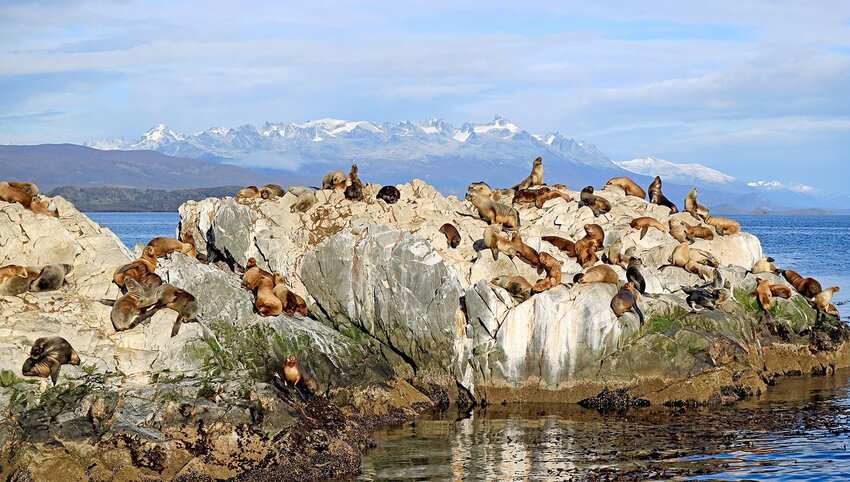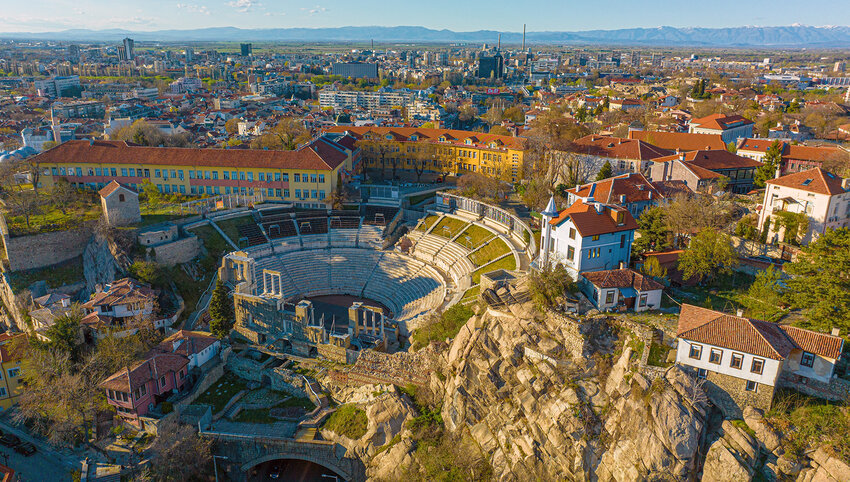Around 70% of the Earth is ocean, and those deep waters are teeming with life. Our oceans provide a habitat for plenty of coral and fish, but also for mammals, from polar bears to humpback whales. And sometimes, whether by careful planning or happenstance, we as travelers can catch a glimpse of this spectacular wildlife.
However, we have a responsibility to ensure that animal welfare is our primary consideration when planning any wildlife encounter. That includes species found in the oceans, but so long as you stay at a respectful distance and follow advice from local experts about how to behave, you might incorporate these suggestions into a vacation itinerary. Here are the world’s best places to see aquatic wildlife.
Polar Bears: Svalbard, Norway
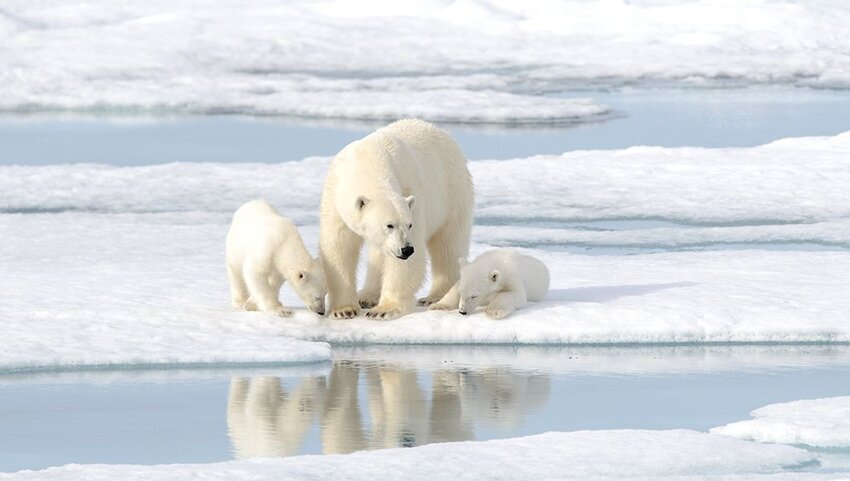
Did you know polar bears are classified as marine mammals? That's because they spend most of their time on sea ice, and rely on the ocean for survival. They’re strong swimmers and can travel long distances across water without difficulty. If you want to catch them in action, head north of the Arctic Circle to the Svalbard archipelago where scores of polar bears roam freely. Around 3000 bears can be found in this part of the Arctic, a figure which outnumbers Svalbard’s human population. In winter, they can be found pretty much anywhere, while in summer, they tend to congregate on the sea ice as they migrate northeast. If you’re keen to see them, it’s advisable to take an organized tour, as local guides have a better understanding of where the bears are likely to be and will also help to keep you safe.
Sea Otters: Alaska
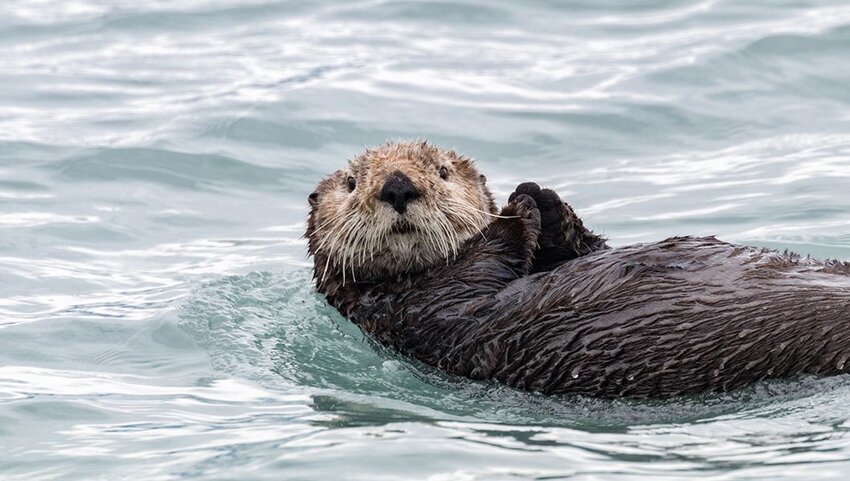
There’s a good chance of spotting sea otters anywhere along the Pacific coast of the U.S. and Canada. Nevertheless, in Alaska there are three stocks. Head to Seward to see the south central population that occupies the coastal waters all the way from Glacier Bay west to the Cook Inlet. Though sea otters are primarily marine animals that rarely come ashore, it takes very little effort to see them around Seward Small Boat Harbour. There, these playful creatures frolic in the water, munch on mussels as they float on their backs and even goof around on the floating pontoons. Just be sure to mind your distance and don't get too close.
Seals: Cape Cross, Namibia
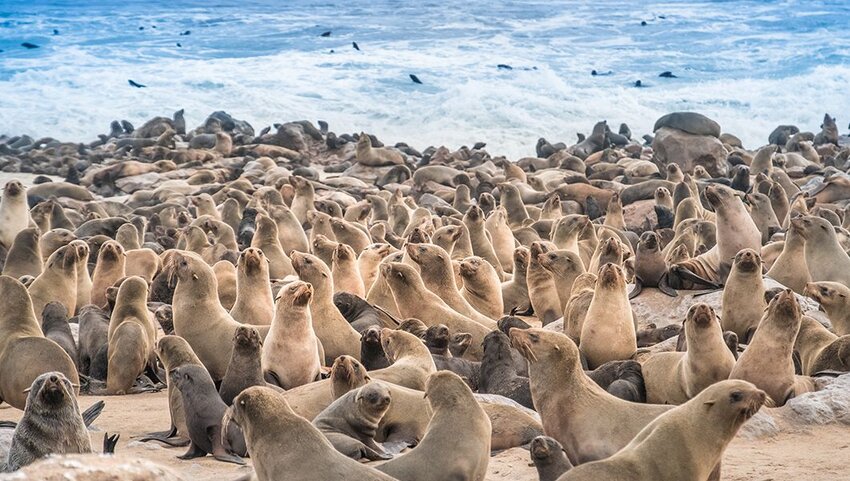
At Cape Cross in Namibia, you’ll find the world’s largest breeding colony of Cape fur seals, which get their name from their thick pelt. This is an ideal spot for these creatures to make a home: the cold Benguela current means there’s an abundance of fish. Typically visitors can expect close to 100,000 seals here but during breeding season, November and December, there can be more than double that number. The sight of so many seals lazing on the beach or sliding through the surf is remarkable, but so too is the smell – all that scat gets super stinky. Boat trips depart regularly from nearby Swakopmund, and keep a safe distance, allowing the smell to be carried away quickly on the sea breeze.
Sea Lions: Isla de los Lobos, Patagonia

Sea lions are famously found on Pier 39 in San Francisco Bay, where they’ve hung out almost continuously since 1989. However, if you prefer a wilder setting, then journey down to Patagonia to Ushuaia, the regional capital of Tierra del Fuego. The Isla de los Lobos is one of the must-see wildlife sights in the Beagle Channel, featuring hordes of sea lions. The sight of so many creatures basking on the rocks with a backdrop of snow-capped peaks is a real treat. Confusingly, there’s also an Isla de Lobos in Uruguay and it too is home to a large colony of sea lions, which you can reach from Punta del Este, the country’s premier beach town.
Humpback Whales: Tonga
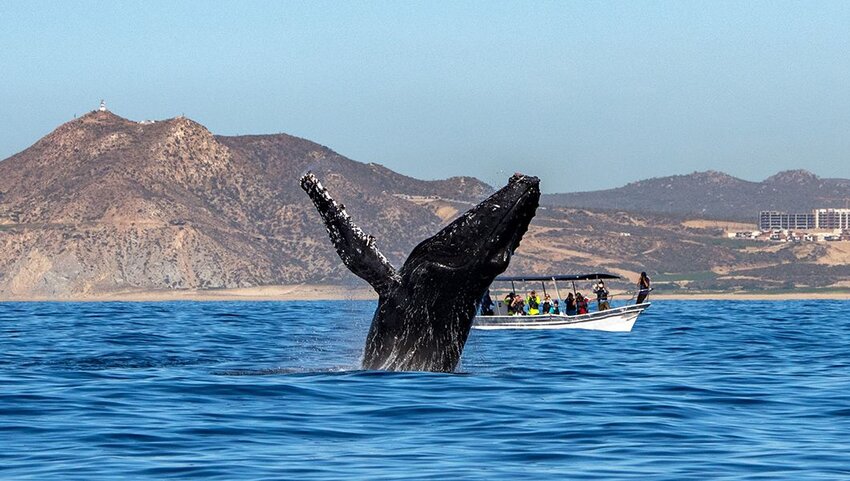
You can see humpback whales in numerous locations from Mexico to Mozambique, but if you venture down to the South Pacific, then you’ll also find them in the waters that surround Tonga. These magnificent cetaceans migrate there from Antarctica, making light work of a journey that’s more than 3,000 miles long. From July to October, open-water whale swims can be arranged from the islands of Vava’u, Ha’apai, ‘Eua and Tongatapu. To get the most out of your trip, you’ll need to be an experienced snorkeller and strong swimmer. Pack an underwater camera as the clear water is great for taking souvenir snapshots.
Swimming Pigs: Big Major Cay, the Bahamas
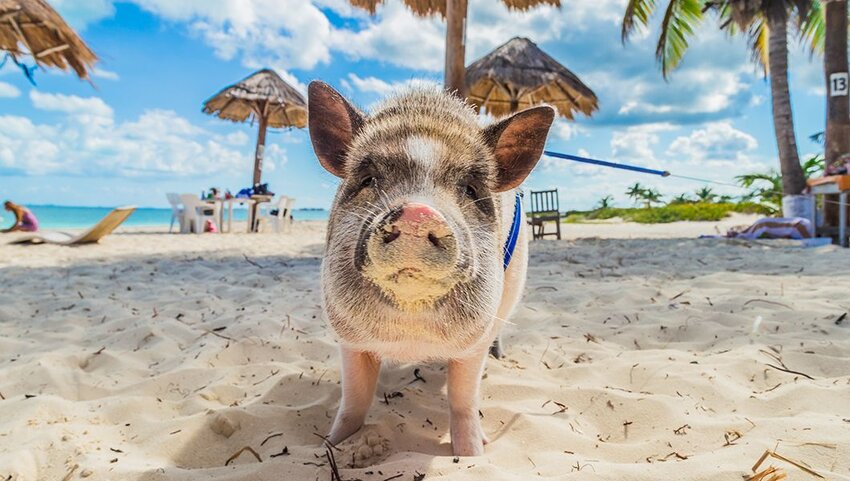
Pigs might not be the first creature that comes to mind when you imagine aquatic wildlife. On Big Major Cay in the Bahamas, however, that’s exactly what you’ll find in the water. There are conflicting stories as to how the pigs came to be there, but today, although they’re referred to as feral, locals and tourists take care of feeding them. Boat operators on nearby Staniel Cay will give you a ride to the beach, where you can interact with them on the sand or in the water.
Dolphins: the Azores, Portugal

The Azores are an archipelago of volcanic islands located in the mid-Atlantic, an autonomous region of Portugal. If you can drag yourself away from the islands' breathtaking caldera lakes and charming villages, the surrounding ocean contains one of the greatest concentrations of dolphins on the planet. A plethora of species awaits, some resident year-round, others migratory. They include bottlenose, common, Risso’s, striped and Atlantic spotted dolphins. Time your visit from May to September as pods tend to be larger and you might also see some calves.
Manatees: Florida

Larger, flabbier, and closer to home are Florida’s manatees. These gentle giants are found in numerous locations across the state, from limpid springs to power plant discharge basins. Crystal River National Wildlife Refuge has a seasonal manatee population that takes advantage of the 72°F water as the weather turns colder in the Gulf; make your way to Three Sisters Springs and rent a kayak for a closer look from the water. At the Tampa Electric Company (TECO) near Tampa, stand on the wooden boardwalk and watch manatees glide through the warm water beneath your feet. Here in summer? Drive over to Mote Marine Laboratory and Aquarium to watch residents Hugh and Buffett dine on heads of Romaine lettuce.

